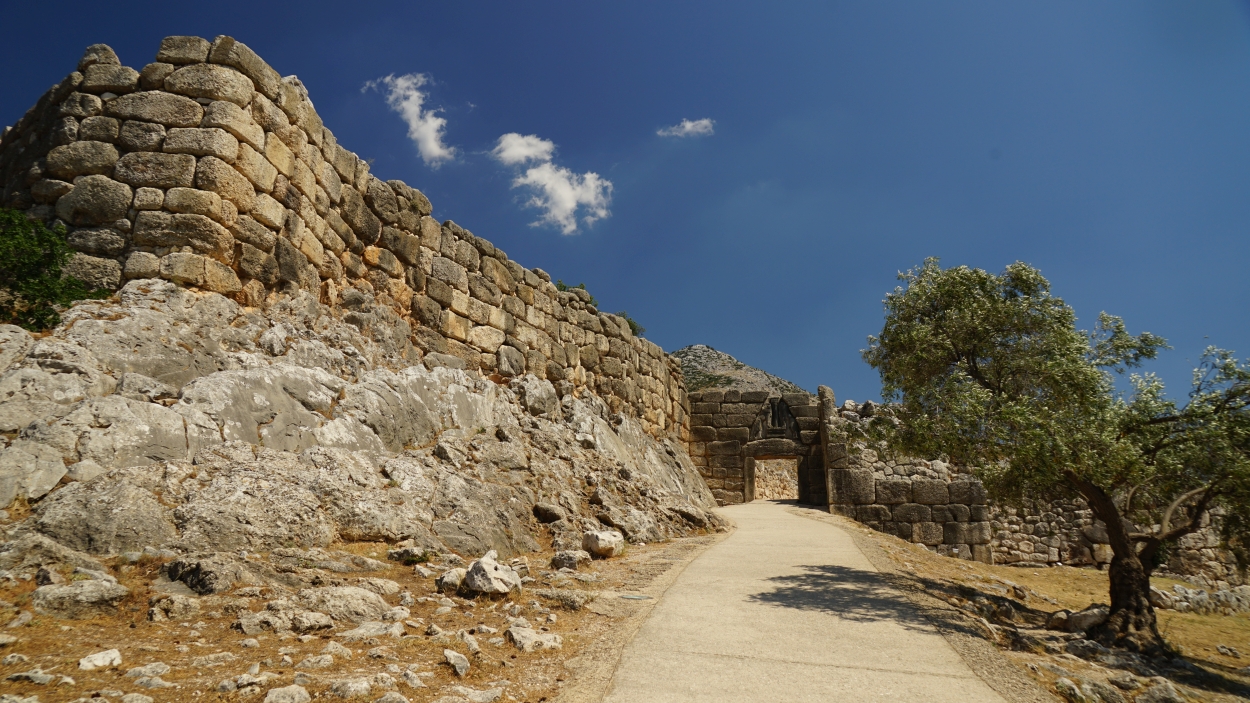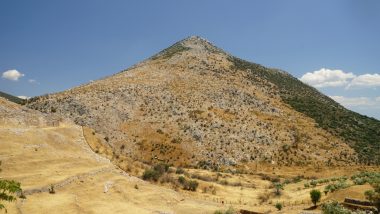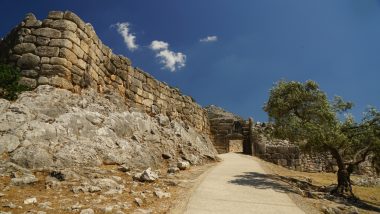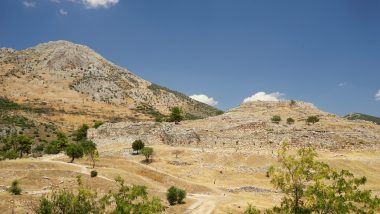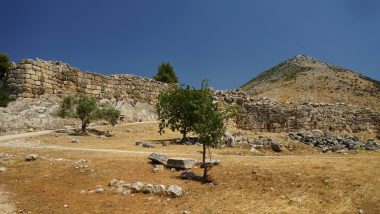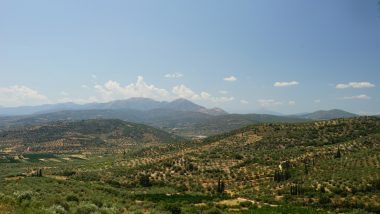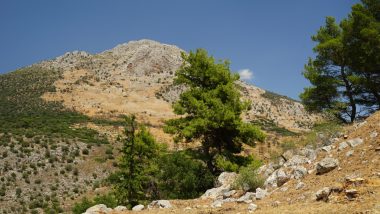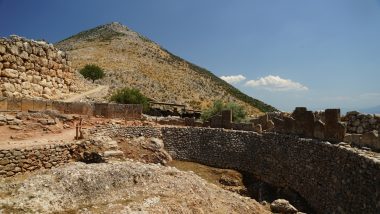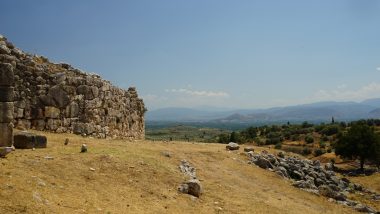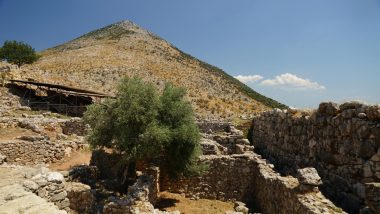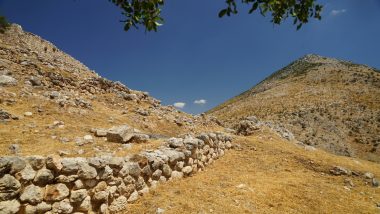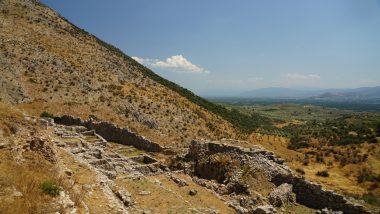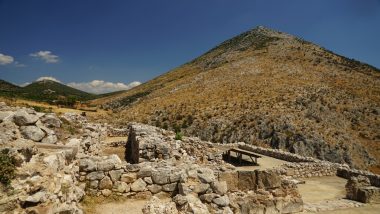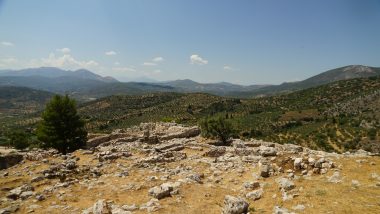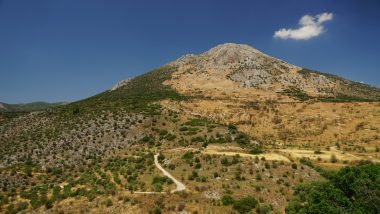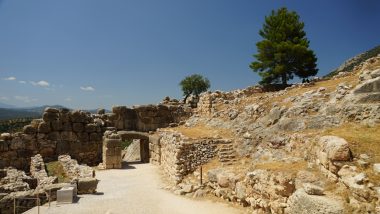We took a highway to Peloponnese (🛣 15,65 EUR) to reach a hilltop backed by powerful mountains, where stand the somber and mighty ruins of Ancient Mycenae, home of Agamemnon, the legendary king who commanded the Greeks during the Trojan War. For four centuries in the second millennium BC, this kingdom was the most powerful in Greece, holding sway over the whole region and influencing other Mycenaean cities. The UNESCO-listed Mycenae is synonymous with the names Homer and Schliemann. In the 9th century BC, Homer told in his epic poems, “Iliad” and “Odyssey”, of “well-built Mycenae, rich in gold”. These poems were, until the 19th century, regarded as no more than gripping and beautiful legends. But in the 1870s the amateur archaeologist Heinrich Schliemann, despite derision from professionals, struck gold, first at Troy and then at Mycenae. The city of Mycenae consisted of a fortified citadel and surrounding settlement, at its height from 1450 to 1200 BC. Due to the sheer size of the ‘Cyclopean’ walls (13m high and 7m thick), formed by stone blocks weighing 6 tonnes, legend says that Perseus enlisted the help of a Cyclops, one of the one-eyed giants described in the Odyssey, to build Mycenae. We arrived in the middle of the hot day, so we quickly entered the ruins through a wide walkway flanked by high stone walls leading to a large stone archway, known as the Lion Gate, then we explored the whole archeological site with the royal cemetery and remaining of Agamemnon’s Palace (entrance 12 EUR). The valley views from the top of the hill here are phenomenal.
Parking location – Mycenae: 37.730388N 22.754311E


